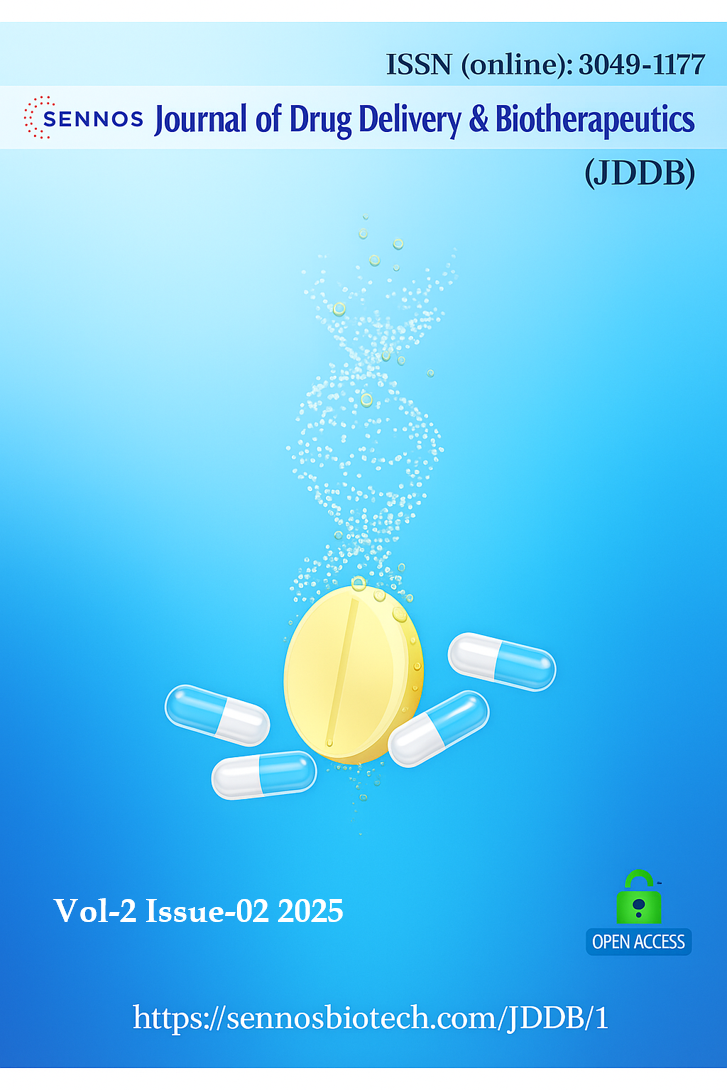Polymeric Nanoparticles for Drug Delivery: Design, Applications, and Future Perspectives
DOI:
https://doi.org/10.61920/fabbyv30Keywords:
Polymeric Nanoparticl, Drug Delivery, Biodegradable Polymers, Targeted Therap, Controlled ReleaseAbstract
Polymeric nanoparticles have emerged as a promising platform in the field of drug delivery due to their ability to enhance the solubility, stability, and bioavailability of therapeutic agents. These nano-sized carriers, typically composed of biodegradable and biocompatible polymers such as PLGA, PEG, and chitosan, offer precise control over drug release kinetics and can be engineered for passive and active targeting. The versatility in design allows encapsulation of a wide range of drugs, including hydrophilic, hydrophobic, and biological molecules. Polymeric nanoparticles also exhibit potential in overcoming physiological barriers, reducing systemic toxicity, and improving therapeutic efficacy. Various surface modification strategies, including PEGylation and ligand attachment, further enhance their circulation time and targeting capability. Recent advancements have led to the development of stimuli-responsive and multifunctional polymeric systems, opening new avenues for personalized and precision medicine. Despite their advantages, challenges related to large-scale production, regulatory approval, and long-term safety must be addressed for successful clinical translation. This review highlights the design principles, fabrication techniques, therapeutic applications, and recent progress in polymeric nanoparticles, along with future perspectives in nanomedicine.
Downloads
Published
Issue
Section
License
Copyright (c) 2025 Tejas Pachpute

This work is licensed under a Creative Commons Attribution 4.0 International License.





